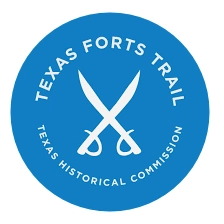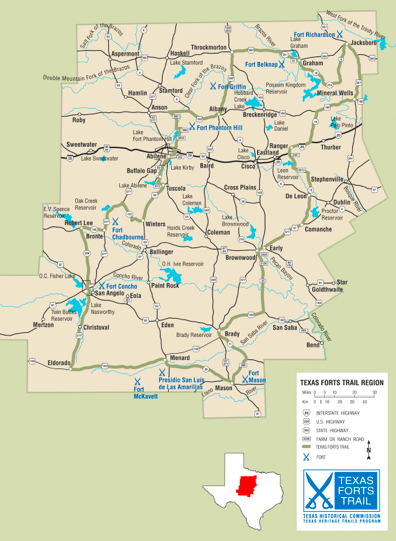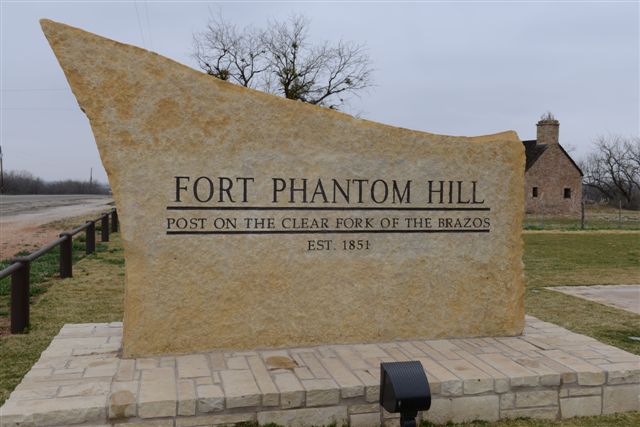
The Fort Phantom Foundation
The primary 38-acre site of Fort Phantom Hill was contributed to the Fort Phantom Foundation in 1997 by Mr. and Mrs. Jim Alexander of Abilene. The site has been open to the public since 1972 and is presently maintained and operated by the foundation.
The nonprofit Fort Phantom Foundation is supported by grants and by donations from individuals and organizations. Inquiries are welcome.
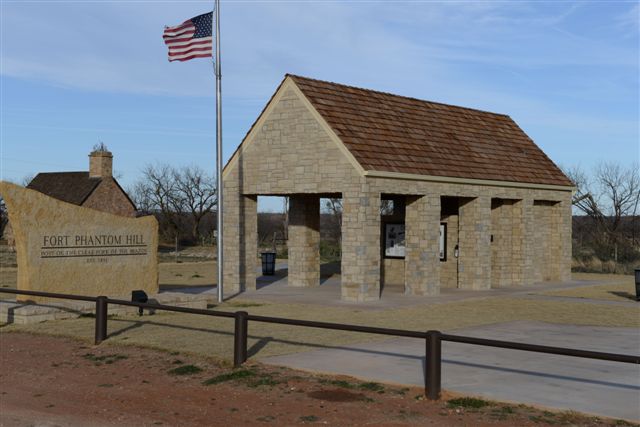
Visitor Facilities at Fort Phantom Hill
Fort Phantom Hill is open to visitors daily from dawn until dusk. Landmarks are labeled with informational signs, and free brochures about the site are available for visitors. The site is a self-guided tour and is free of charge. Ample parking is provided, and, surprisingly, this rustic site offers nice public restroom facilities.
Restrooms? Yes! We have restroom facilities on site.
Rules for visiting Fort Phantom:
- Open from sun-up to sun-down
- Dogs are allowed (caution: grass burrs)
- No camping
- No alcohol
- No open fire
- No metal detectors
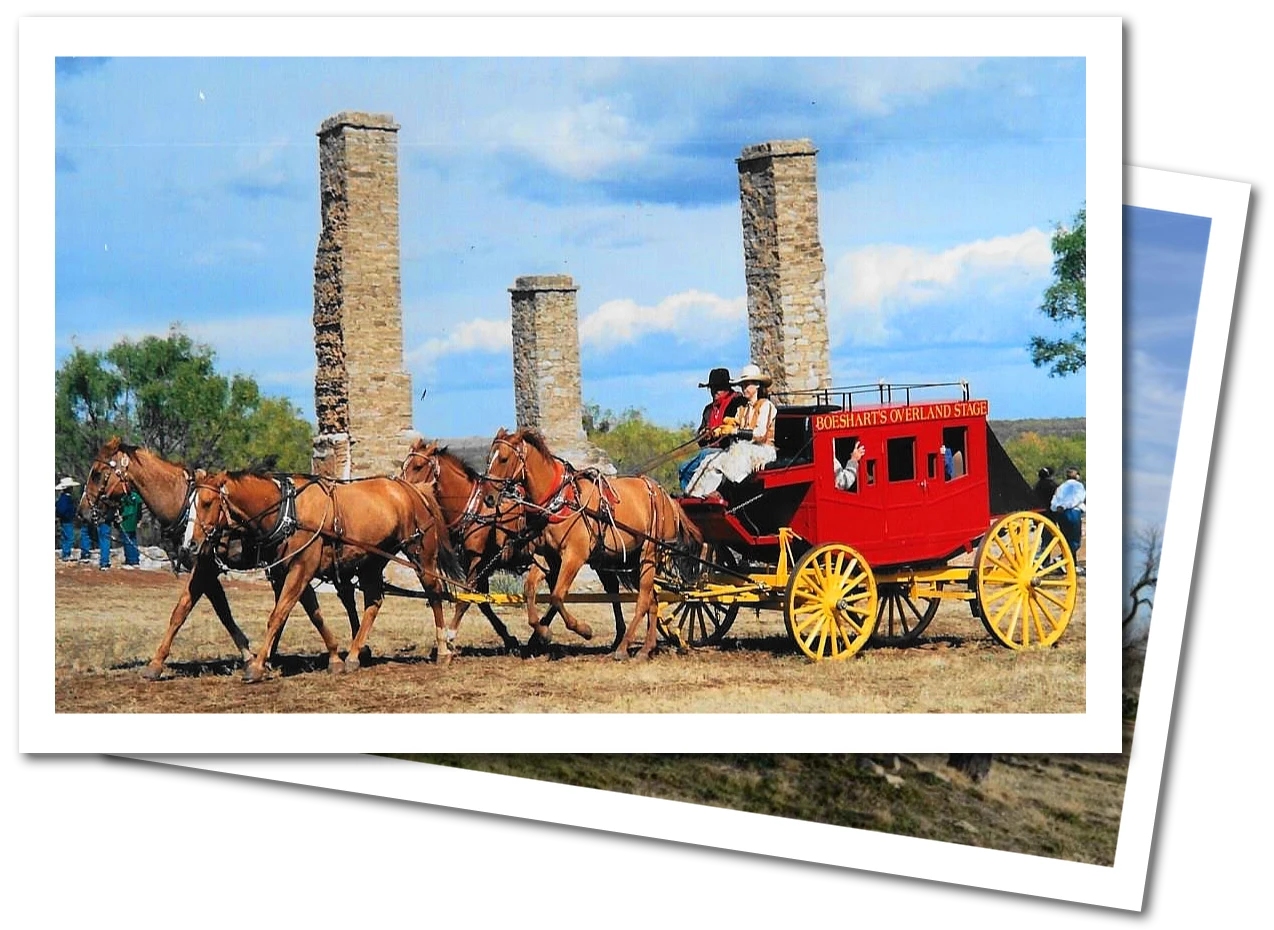
Wheelchair Accessibility
Area Lodging
- Hampton Inn & Suites – Abilene I-20 – 325.673.4400
- La Quinta Inn – Abilene I-20 – 325.676.1676
- Sleep Inn & Suites – Killough Cove – 325.437.9601
- Best Western Inn & Suites – Overland Trail – 325.672.5501
Photo and Video Credits
- Traci Crawford
- Scott Galusha
- David Gibson
- Dixie Hoover
- Mark Shannon
- Rebel Taylor
Fort Phantom Hill is part of the Texas Forts Trail, a 650-mile highway tour of historic Texas forts in West Central Texas. The Texas Forts Trail website describes it this way:
“The frontier forts of Texas were lonely outposts in wild country. As settlers streamed west with dreams of new opportunity, the federal government established lines of forts to protect Texans on the advancing frontier. The passions of that era often resulted in conflict: frontiersmen on one side, tough and self-reliant, accustomed to taking what they wanted; Native Americans on the other side, resentful of intruders into their domain. In between stood the frontier soldier. His hardships were many and his dangers very real. Usually, the soldier built the fort—he felled trees and shaped crude timber, quarried stone and heaved both into place with muscle and sweat. As frayed tents gave way to barracks, the soldier looked around and found the nucleus of a town huddling in the safety of the new fort. “Civilization” had arrived—the frontier had moved. Along with it marched the soldier, trekking farther west into an uncertain environment.
“From 1848 to 1900, the U.S. Army built 44 major posts and set up more than 100 temporary camps in Texas, the nation’s largest military department. In addition, a number of earlier Republic-era forts, private bastions erected by pioneer families, and a host of much older presidios (forts) from the Spanish colonial period had been built and abandoned.”
